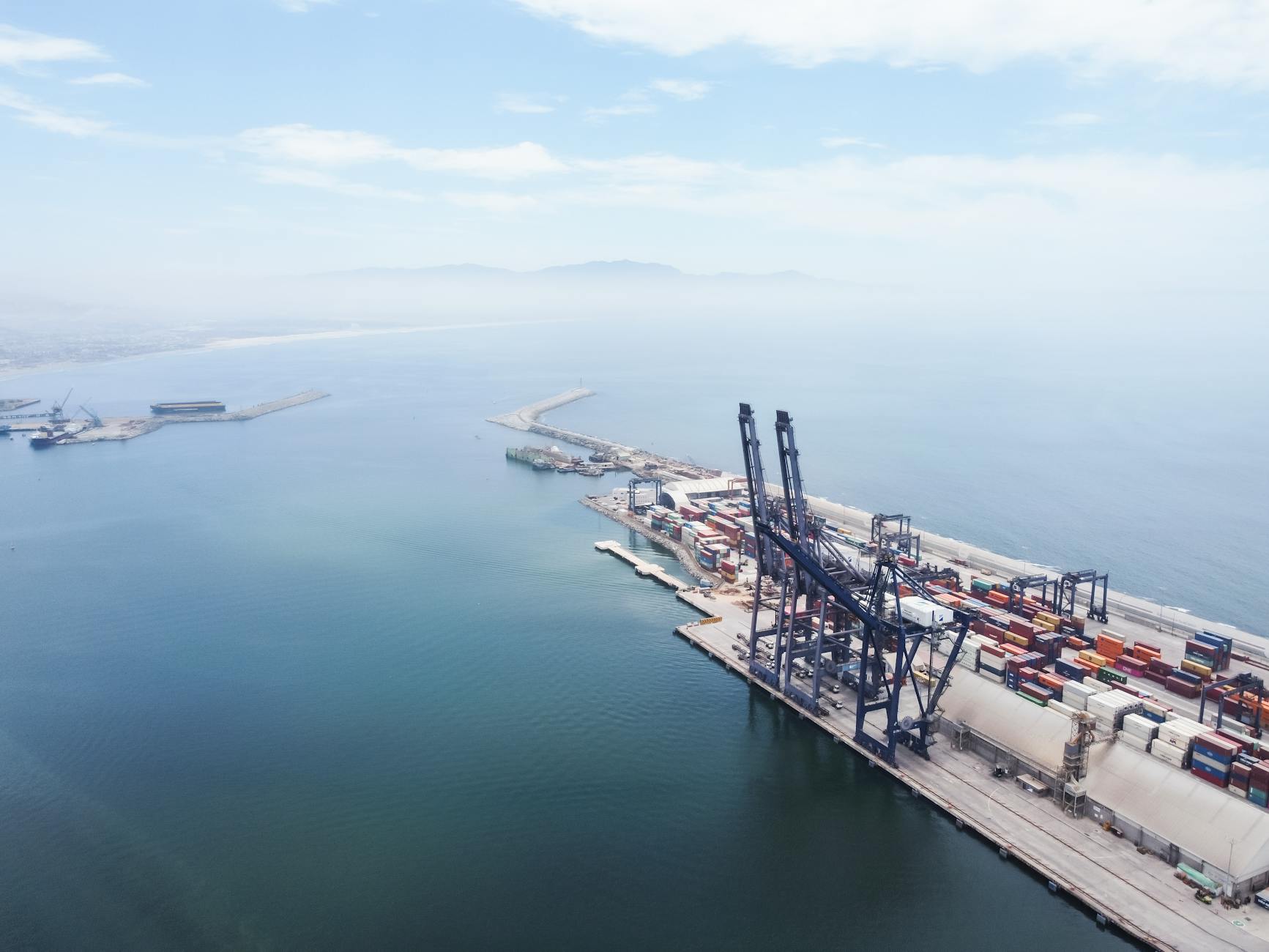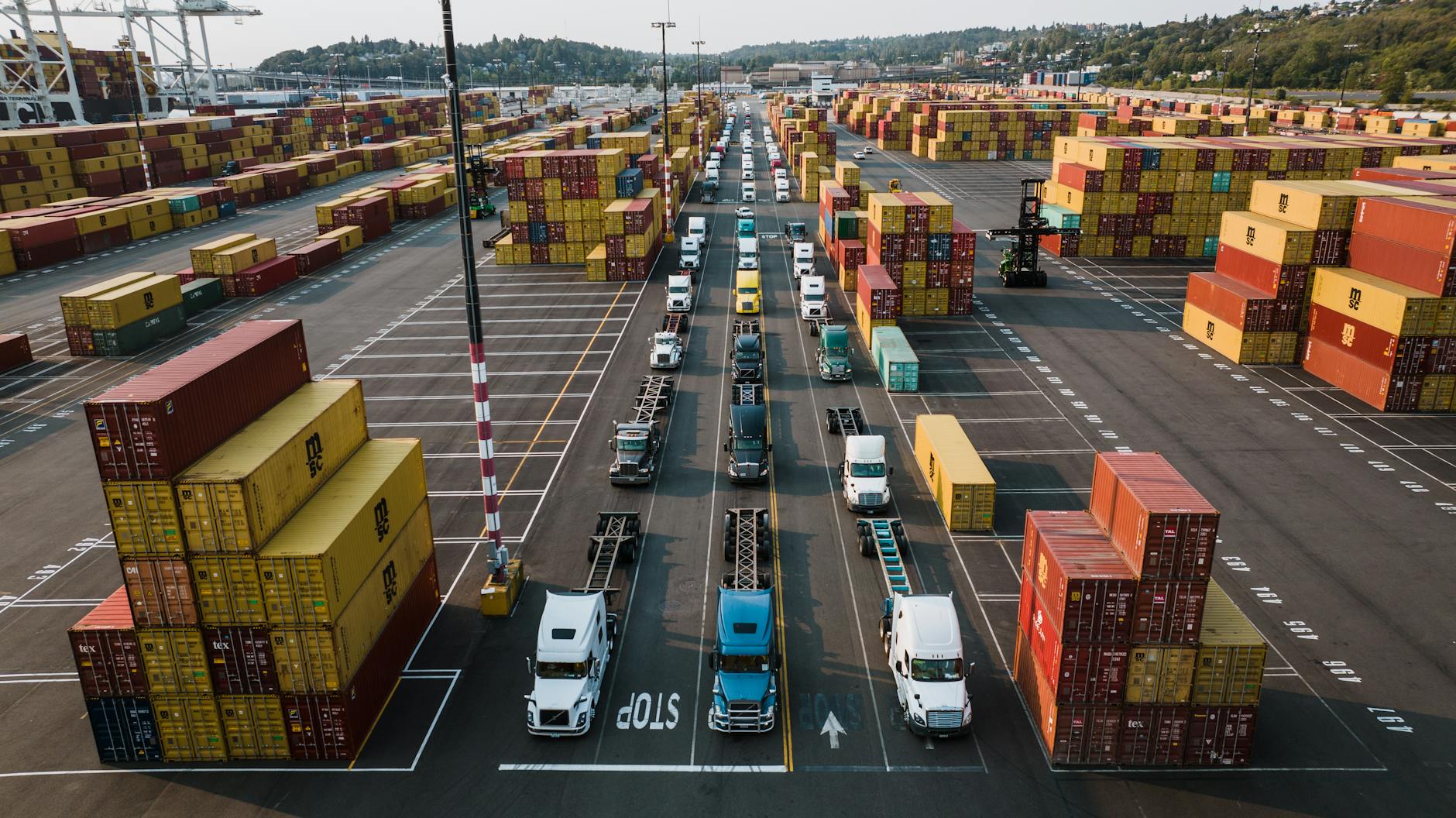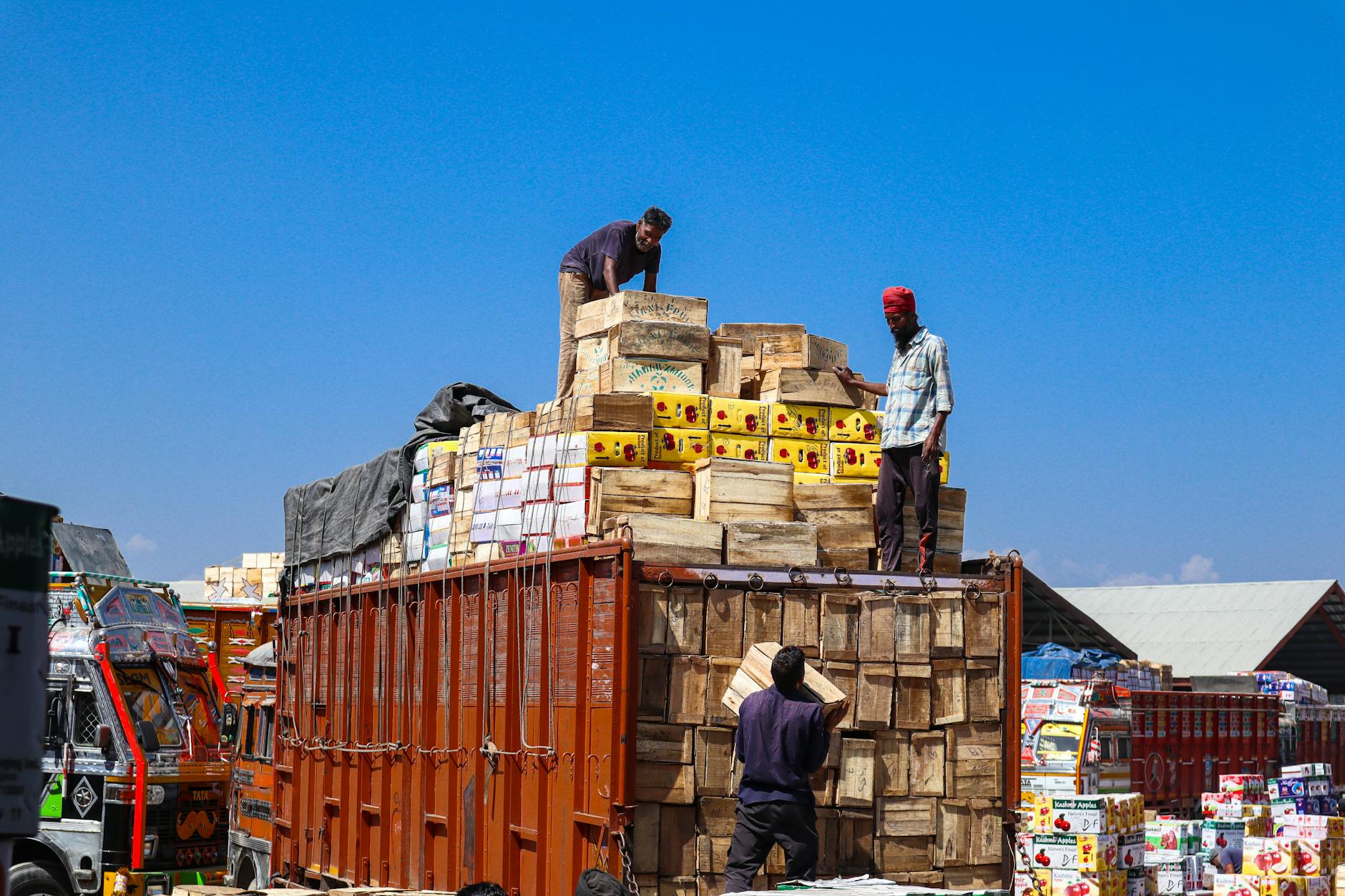What Makes Australia's Third-Party Logistics Stand Out

Australia's Logistics Landscape
Navigating Australia's logistics terrain presents unique challenges and opportunities, shaped significantly by its vast geography and growing infrastructure. For entrepreneurs like Liam in the eCommerce sector, understanding these elements can be crucial in building effective and sustainable logistics systems.
Geographic Challenges
Australia's extensive size and varied terrains contribute to logistical complexities that can impact order fulfilment. From the urban hustle of South Melbourne Market to remote outback locations, factors like distance and transport availability necessitate strategic planning to ensure timely and efficient deliveries. Businesses must be savvy in selecting transport routes and warehousing solutions that align with specific shipment needs.
Infrastructure Development
The nation's infrastructure is evolving to support its burgeoning logistics requirements. Key developments in roads, ports, and railways are pivotal in streamlining supply chains. In cities like Melbourne, where creative hubs in Collingwood thrive, the need for robust connections between manufacturers, warehouses, and consumers is significant. Here, having access to a 3pl warehouse sydney can offer multiple advantages, such as improved delivery times and cost savings, all while keeping sustainability goals in mind.
Trade and Regulation Dynamics
Regulatory landscapes are another essential consideration in Australia's logistics strategy. Trade relations and compliance standards can directly affect how goods are transported across borders. Entrepreneurs need to stay informed about changes in trade policies, ensuring their practices align with legal requirements while satisfying the demands for eco-conscious and efficient logistics.
By grasping the intricacies of Australia's logistics landscape, businesses can forge effective strategies that promote growth while staying true to their sustainable values.
Innovative 3PL Solutions
Technology Advances
Melbourne, a hub of innovation, mirrors how modern technology has transformed ecommerce logistics. If you've ever strolled through the creative enclaves in Collingwood, you know there's a spirit of adaptability and progressiveness. Similarly, the logistics sector is embracing technology with open arms, enabling businesses like yours to streamline operations, enhance efficiency, and improve customer satisfaction.
Exploring the potential of smart warehousing, automation, and AI-driven systems, such as those found in networking hubs around the South Melbourne Market, provides valuable insights into optimizing supply chains. Key technological advances include:
-
Automation: Services like automated pick packing can drastically reduce errors and lead times, ensuring customers receive their products efficiently.
-
AI Enhancements: Implementing AI algorithms for inventory management can predict product demand, reducing waste and aligning with sustainability goals.
-
Real-time Tracking: With increased visibility from GPS and IoT technologies, you can keep clients informed about their shipments' statuses, enhancing trust and engagement.
By focusing on strategic digital enhancements, ecommerce businesses can adapt their logistics processes akin to innovative exhibits at the Melbourne Convention and Exhibition Centre. This approach allows you to not only meet customer expectations but also ensure a positive environmental footprint, aligning with your ethical standards.
Sustainability in Focus
Eco-friendly Initiatives
Sustainability remains at the forefront of modern logistics, particularly for businesses committed to eco-conscious practices. Many are now partnering with a 3PL provider that embraces green logistics solutions, which can substantially reduce their environmental impact. Among these initiatives, adopting eco-friendly materials for pick and pack processes stands out. By utilising biodegradable or recyclable packaging, brands can lessen their footprint without sacrificing customer satisfaction.
Carbon Neutral Logistics
Transitioning to carbon-neutral logistics is another impactful strategy. Companies are looking beyond merely offsetting emissions to actually reducing them. This can include employing energy-efficient vehicles or optimising delivery routes. It's about implementing smarter solutions and leveraging technology to monitor emissions in real-time. Imagine working with partners who frequently engage in creative hubs in Collingwood, where innovation thrives, leading to breakthroughs in sustainability.
Case Studies in Green Practices
Several businesses in Melbourne have successfully integrated these sustainable practices. They operate much like the bustling South Melbourne Market, adapting quickly and embracing innovation to stay ahead. By adopting eco-friendly warehousing solutions or employing renewable energy sources, these companies don't just talk the talk—they walk the walk. Observing their success stories provides invaluable insights for eCommerce businesses striving to bolster their green credentials while expanding their market presence.
Being informed and inspired by these practices can guide you toward operational excellence while staying true to your values.
Building Strong Partnerships
Values and Priorities Alignment
For someone in the eCommerce industry, especially with a focus on sustainable fashion, aligning values with a third-party logistics provider 3pl is crucial. Finding a partner that shares a commitment to environmental sustainability can significantly reinforce your brand ethos. When vetting potential providers, it’s essential to evaluate their environmental policies and sustainability initiatives. Reviewing their certifications for sustainable practices can provide insight into their operations. Engaging with providers who are transparent about their strategies and outcomes can sustain trust and help maintain your brand's integrity.
Establishing Trust Through Transparency
In the logistics and warehousing sector, open communication is the backbone of trust. A strong partnership hinges on clear expectations and continuous dialogue. It's valuable to establish regular check-ins with your third-party logistics provider to review performance metrics and ensure compliance with sustainability targets. Prioritise partners who willingly share their data insights and challenges, creating an atmosphere where setbacks are handled collaboratively. Drawing from warehouse management principles, you should invite transparency in operational workflows, aimed at fortifying mutual respect and understanding.
Cultivating Collaborative Growth
Partnerships flourish when there is a shared vision for growth. Beyond simply fulfilling logistical needs, a 3PL provider should offer innovative solutions that contribute to your brand's expansion. Collaborating on strategies that minimise the carbon footprint—such as adopting carbon-neutral shipping or exploring biodegradable packing materials—can bolster your market presence and environmental commitment. Through platforms like networking events at the Melbourne Convention and Exhibition Centre, you can meet potential partners who align with your goals and are keen to grow alongside you.
By fostering partnerships that resonate with your core principles, your business can attain both operational excellence and sustainability.
Strategies for Solving Challenges
Navigating Compliance Hurdles
Navigating through compliance hurdles in Australia's logistics sector is akin to manoeuvring through the bustling South Melbourne Market. It requires freight forwarders to be astutely aware of the ever-evolving regulations and standards. Embracing digital tools like automated compliance software can streamline processes. These solutions help keep track of regulatory changes without overwhelming your team, allowing you to pivot quickly and stay in line with legal requirements. Regular training sessions that mirror the buzzing energy of creative hubs in Collingwood can keep your team agile and informed.
Adapting to Supply Chain Disruptions
When faced with supply chain disruptions, being as adaptable as the trends at networking events at the Melbourne Convention and Exhibition Centre is essential. Establishing diversified supplier networks can mitigate the impact of any single point of failure, ensuring smooth operations even when unforeseen issues arise. Investing in predictive analytics and demand forecasting enhances your ability to anticipate potential bottlenecks, enabling preemptive adjustments. Moreover, employing alternative transport modes can offer flexibility, enhancing your logistics resilience in times of change.
Addressing Resource Constraints
Resource constraints require an innovative approach that prioritizes efficiency and resourcefulness. Implementing cutting-edge technology such as AI-driven inventory management systems can optimize resource allocation, reducing waste and enhancing productivity. Collaboration with third-party logistics providers offers additional resources and expertise, fostering a win-win dynamic for growth. Building strong partnerships that are aligned with your core values cultivates trust and transparency, ensuring your logistics operations remain robust and effective in the face of resource challenges.


